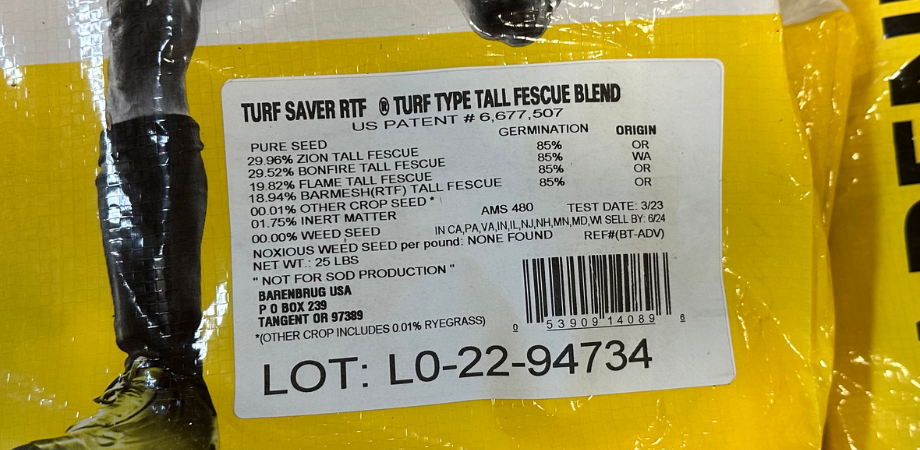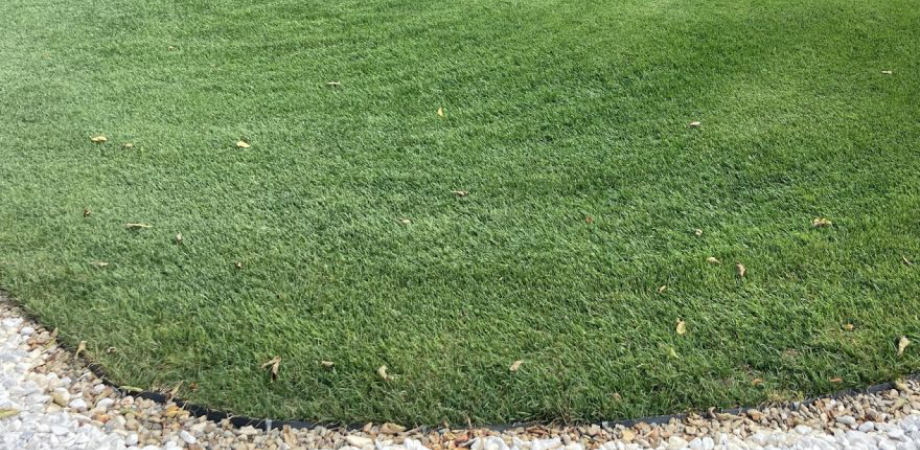A rainout is something that nobody wants. Spectators and players alike are totally fine with being drenched—it’s part of the fun—but when the rain impedes play, that’s another story. Infield conditioners are a field manager’s best friend for managing moisture on the field, whether it’s a light dew in the morning or a shower in the afternoon.
When it comes to infield conditioners, it’s important to select the right product for your needs. Before we get into that, though, we’ll answer these important questions:
- What does infield conditioner do?
- How do you condition a baseball field?
- How much infield conditioner do I need?
- What types of infield conditioners are there?
What does infield conditioner do?
Maintaining a pristine baseball field is an art that goes beyond turf. The infield is where most of the action (and traffic) happens, and its intricate composition demands similarly special care to keep it smooth and safe.
The main roles of infield conditioners include:
- Controlling moisture levels, which is critical for performance and safety. Infield conditioners absorb excess water, preventing puddles and ensuring a consistent playing surface.
- Mitigating compaction, by providing structural support and maintaining soil porosity. Heavy use and traffic lead to soil compaction, which negatively affects the field’s playability.
- Better playability, which translates to consistent ball bounce, improved traction, and reduced dust—factors that contribute to a more enjoyable and competitive game.
How do you condition a baseball field?
Now that we’ve covered why a well-conditioned infield is important, let’s dive into how to make it happen.
- Before going hands-on, take a close look at the current state of the infield. Identify areas with excess moisture, compacted soil, or uneven surfaces.
- Then, apply your chosen infield conditioner evenly across the infield. Application rates will vary depending on the type of conditioner used and the field’s specific needs (more on that in the next section).
- After application, use a drag mat to mix the conditioner into the infield soil. This will ensure even distribution (no uneven surfaces that can lead to a wipeout) and proper integration with the existing soil.
- Once it’s down and spread, regularly monitor the field’s condition and make adjustments as needed. Additional applications may be necessary due to weather conditions or heavy use, so make inspecting often a habit, especially before and after big weather events.
How much infield conditioner do I need?
The amount of infield conditioner required depends on factors like field size, conditioner type, and existing soil conditions. There’s really no one-size-fits-all answer, but generally speaking, a moderate application rate initially, followed by adjustments based on ongoing maintenance assessments, is a good way to go. You can always reach out to your rep for more info and helpful tips tailored to your field’s needs.
What types of infield conditioners are there?
Calcined clay, made from a heated type of clay, has the ability to retain moisture while getting rid of excess water. It’s a great choice when dry conditions would otherwise make maintaining proper moisture levels difficult. Plus, the particles’ ability to bind together creates a stable and firm infield surface, preventing excessive dust. In terms of products, ATS 1000 and ATS 2000 are economical and effective calcined clay choices.
Granular soil conditioners/surfactants assist water in its journey into and through the profile of infield skins. In short, these products help field managers find the best balance between water movement and retention, helping the infield perform better for longer. A product like Precision Labs’ In-Flow is a time-tested, effective choice.
There are several other options to choose from, too:
- Diatomaceous earth, a porous sedimentary rock, absorbs moisture quickly.
- Crushed aggregate, consisting of crushed stones, gravel, and/or sand, is coarse and provides stability and durability.
Choosing Your Conditioner
Your choice is important. If you’re on the fence about selecting a product, reach out to your local rep. Since geography, weather conditions, and traffic (among other things) are important considerations, they can work with you to find the product that’s best for your field. Whether you’re looking to place a bulk order, are looking for advice and aren’t planning on buying, or are somewhere in between, we’ve got you covered.












